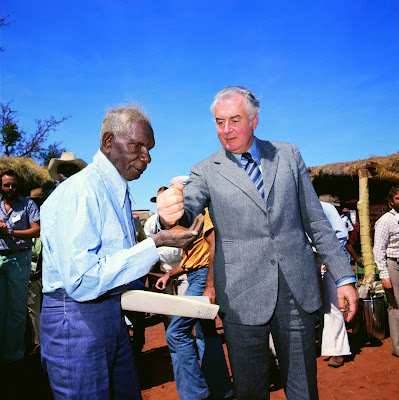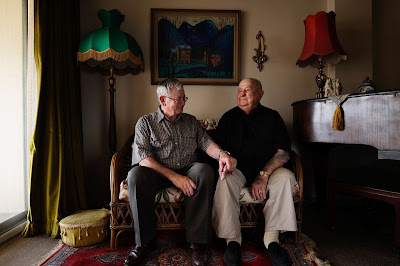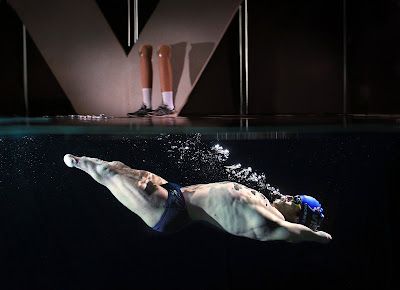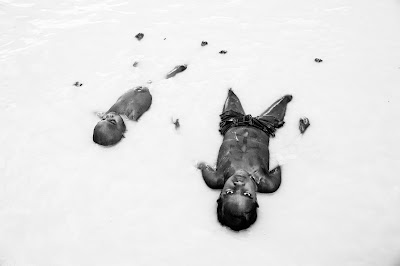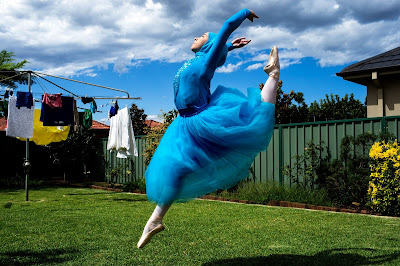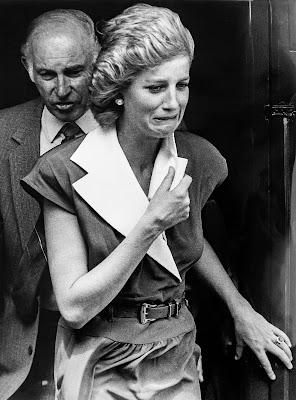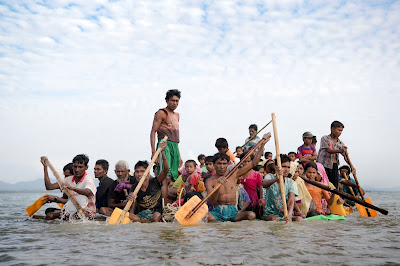Discover 12 highlights from “Paper Tigers”
Starting today, World Press Freedom Day, people around the world can discover 60 images from 60 of Australia’s best photojournalists online on Google Arts & Culture, thanks to a new partnership with Head On Foundation.
To celebrate this new collection, we sat down with Moshe Rosenzveig OAM, Founder and Artistic Director of the Head On Photo Festival, to learn more about the important moments these photographs capture and the incredible stories behind them.
“The 60 images selected represent a small snippet of what Australia was like over the past four decades. Images that defined modern Australia, images that reflect the culture we live in, images that make political statements and images of diverse aspects of our world,” said Head On Foundation Director, Moshe Rosenzveig OAM.
With so many moments to explore, here are Moshe’s 12 picks to get you started:
- Mervyn Bishop's historic 1975 image captures then Prime Minister Gough Whitlam pouring a handful of earth back into the hand of Gurindji elder and traditional landowner Vincent Lingiari. This image represented the Australian government’s recognition of Aboriginal land rights and became an icon of the land rights movement and Australian photography.
- Tim Page’s world-renowned photograph of the Vietnam War. Defining him as the war photographer of a generation, it was taken just weeks after arriving in Vietnam in 1965 and shows a grieving widow as her husband’s body is carried off a chopper.
- Louise Kennerley’s intimate portrait of a couple was taken just a few days before Parliament passed the same-sex marriage act. Ian and Neville sit hand in hand, excited and nervous at the prospect of being married after 39 years together.
- Alex Coppel’s image of Paralympian Ahmed Kelly underwater and in motion, his prosthetics on the sideline, as he trains at the Victorian Institute of Sport in Melbourne, ahead of the Rio 2016 Olympic Games.
- Justin McManus’ portrait of Yindjibarndi man, Landon Punch, holding a joey he will hand-raise makes a poignant comment on the effects of police violence and neglect in custody for First Nations Australians.
- Martine Perret’s beautiful image ‘Levi and Keneisha’, taken as a part of her project Ngala Wongga (come and talk): Cultural Significance of Languages in the Western Australian Goldfields it captures local woman, Glenys Williams grandchildren floating in the clay pan around the Wiluna Mission.
- Craig Greenhill’s confronting image of the Cronulla Riots, as Brent Lohman and other rioters attack Ali Hashimi on a suburban train in December 2005.
- Edwina Pickles’ inspiring photograph of Stephanie Kurlow, 14, shows her leaping in her backyard and the hard work she is putting in as she aspires to be the first professional hijabi ballerina in the world.
- Rick Stevens’ photograph of Princess Diana reacting to a hot breeze, and the priceless facial expression, as she travels by train in South Australia, during a royal visit to Australia in 1988.
- David Dare Parker’s heartbreaking image of Rohingya refugees crossing into Bangladesh on makeshift rafts constructed of bamboo and plastic palm oil containers.
- John French’s climbed into the rafters to get this image of Serena Williams, mid-air, celebrating her win against Maria Sharapova in the 2005 Australian Open semi-final.
Keep exploring the eight virtual exhibits, or in the Head On Foundation collection audiences can also explore 100 incredible images from the Head On Photo Award 2020 finalists.
